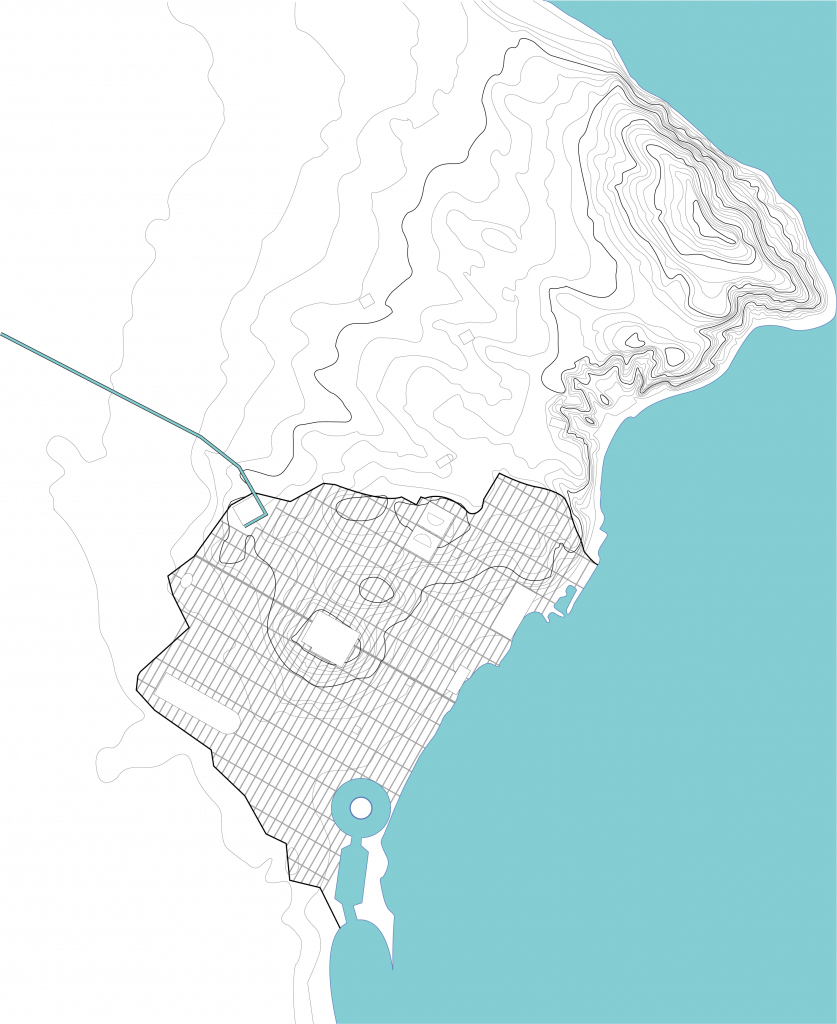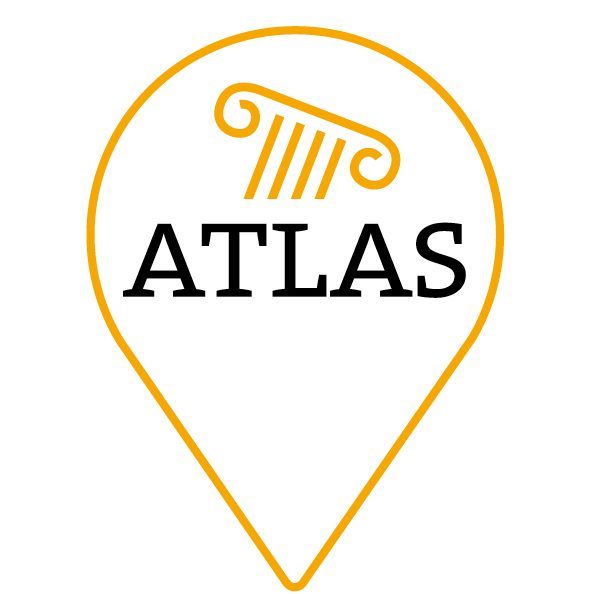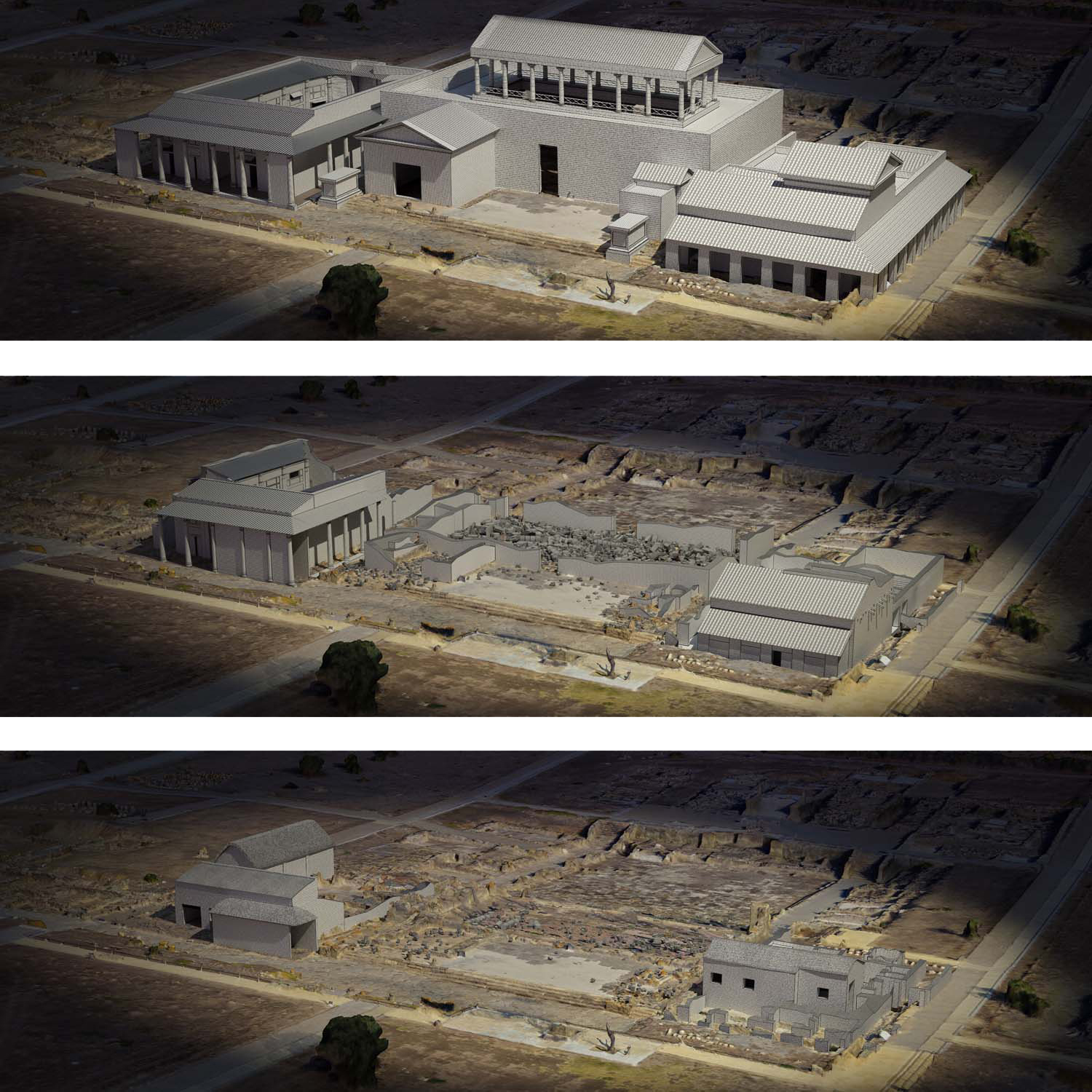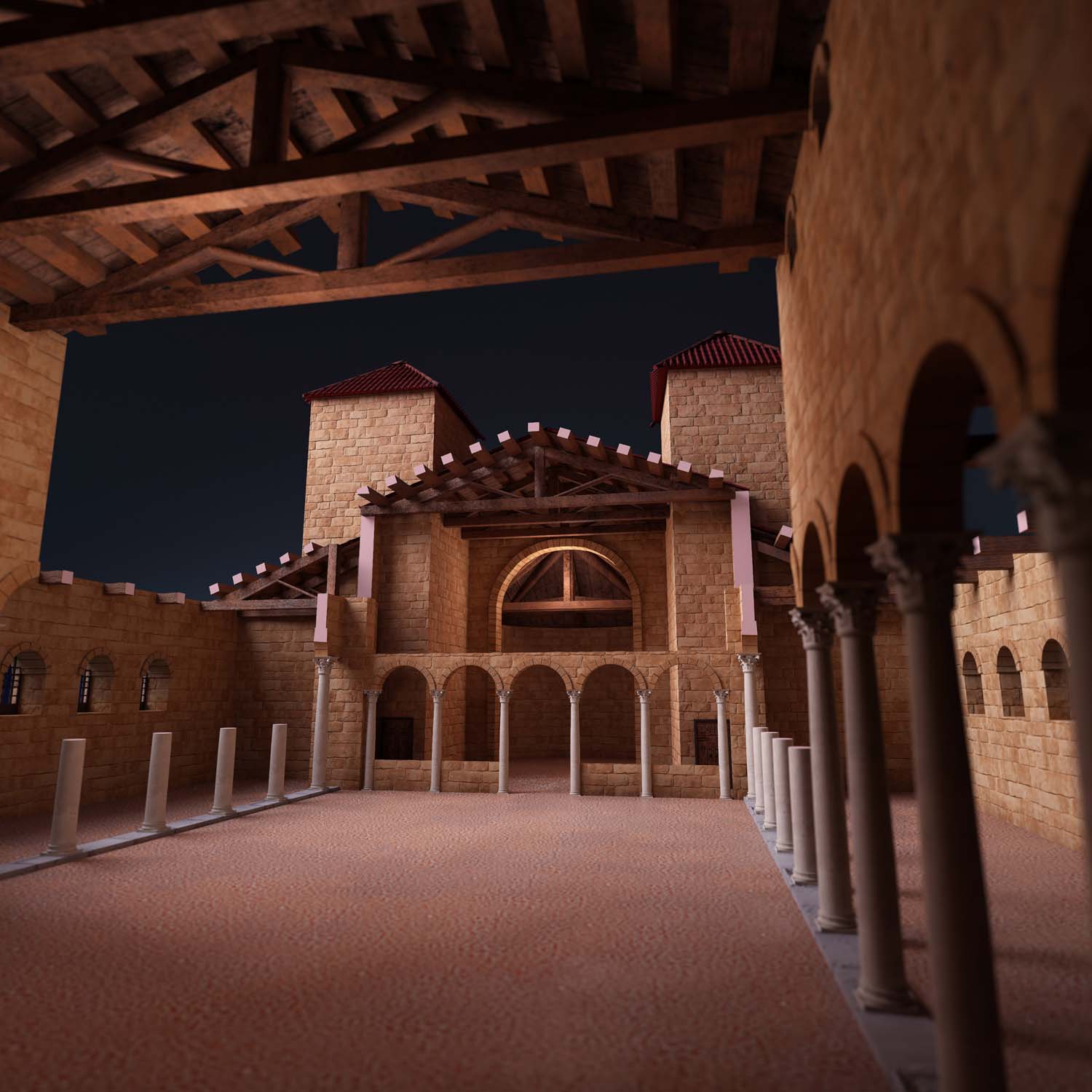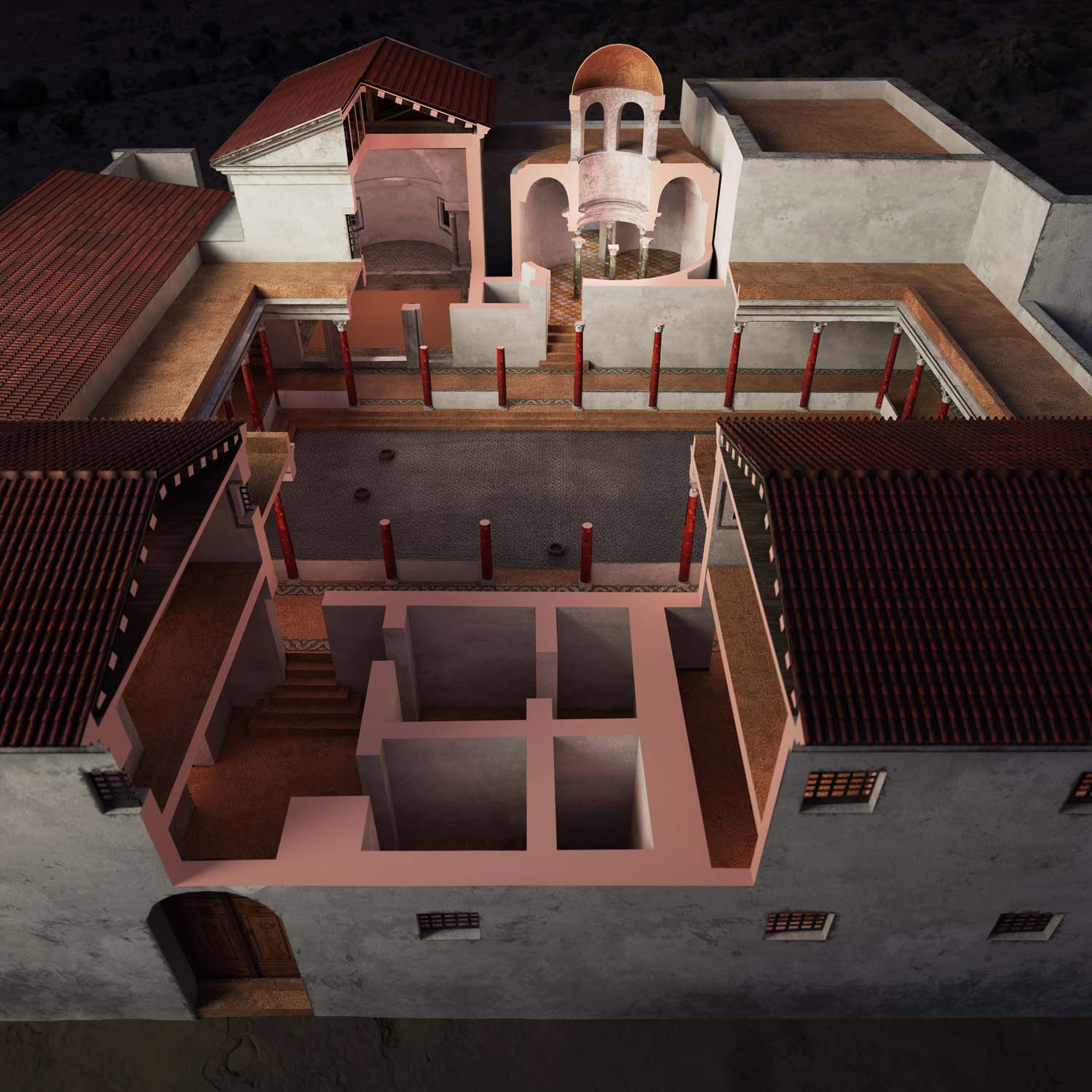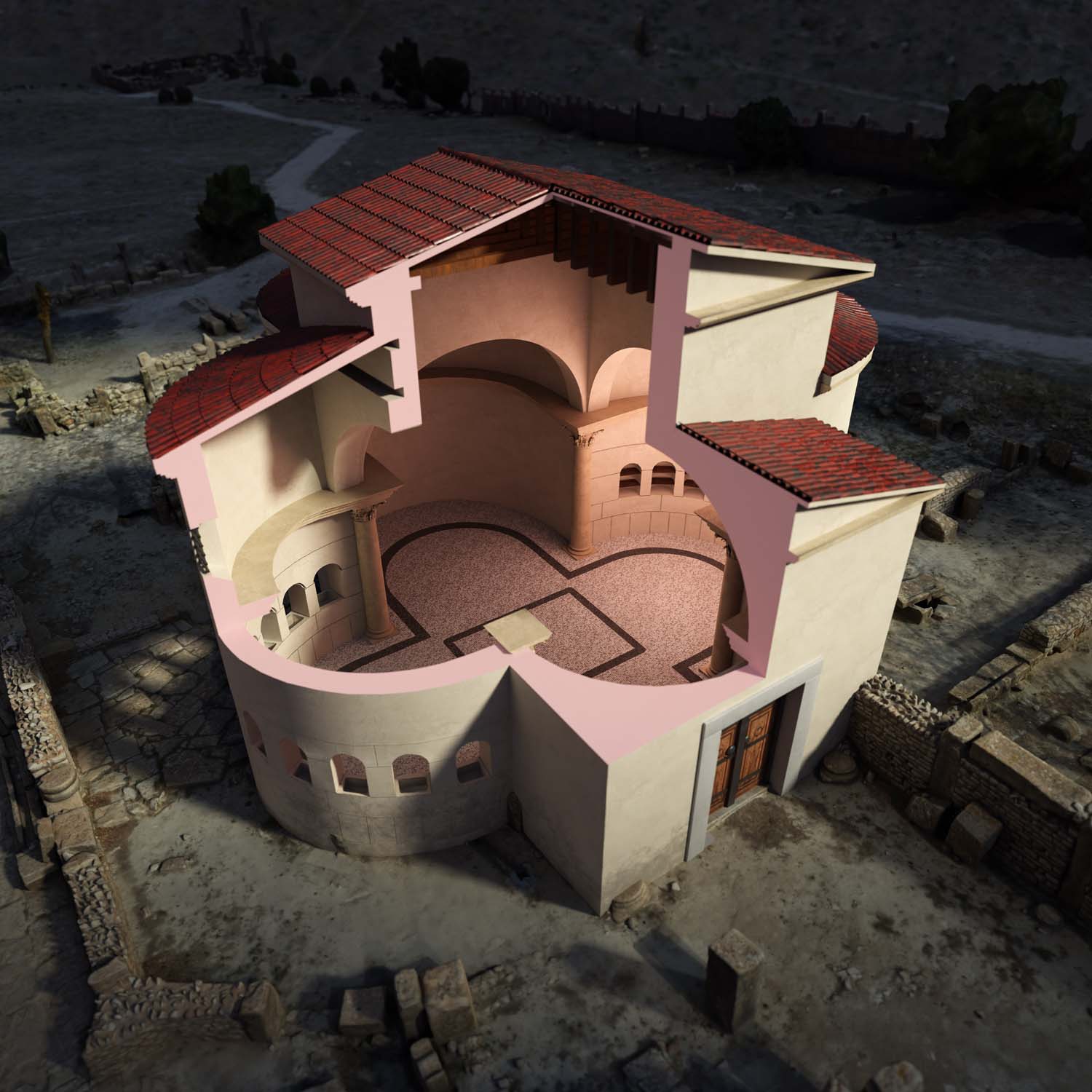Carthage, THE Rome OF AfriCA
Since the establishment of the diocese of Africa in 314, Carthage has remained not only the capital of the province of Africa Proconsularis, but also the seat of the vicarius of Africa. According to Salvianus of Marseilles, in the fifth century Carthage occupied a position in late Roman North Africa equivalent to that of Rome. It had managed to maintain its position since the first century AD, when the first “building boom” reinforced the “Carthaginian gigantism”: the forum on the hill of Byrsa is said to have been one and a half times bigger than the forums of Caesar and Augustus combined! The city of Carthage covered an area of more than 300 hectares, it had a territory with more than 80 surrounding towns and villages dependent on it for tax purposes, and it was the economic power of this hinterland that enabled the “clan of Africans” to be integrated into the commercial networks of the Roman Empire and, from 533 onwards, those of the Byzantine Empire. The city’s skyline with its temples, the impressive baths of Antoninus the Pious, the theatre and odeon to the north-east, and the amphitheatre and circus to the south-west, slowly changed with the construction in the 4th century of the first Christian basilicas to the north (at the Megara necropolis), known by their modern place names such as Mcidfa, Saint Monica and Damous el Karita. Although the days of Tertullian, Saint Cyprian and Saint Augustine are long gone, Carthage was considered the capital of Christianity in Africa because of these unique churches, as well as its local martyrs, influential bishops and theologians. Carthage seems to have had 24 churches, built between the 4th and 6th centuries. Although a city wall was built in the early fifth century, it failed to protect the city against either the Vandals, who conquered it in 439, or the Byzantines. After its final conquest in 698, it became insignificant; for strategic reasons, its central functions were transferred to Tunis and Kairouan.
